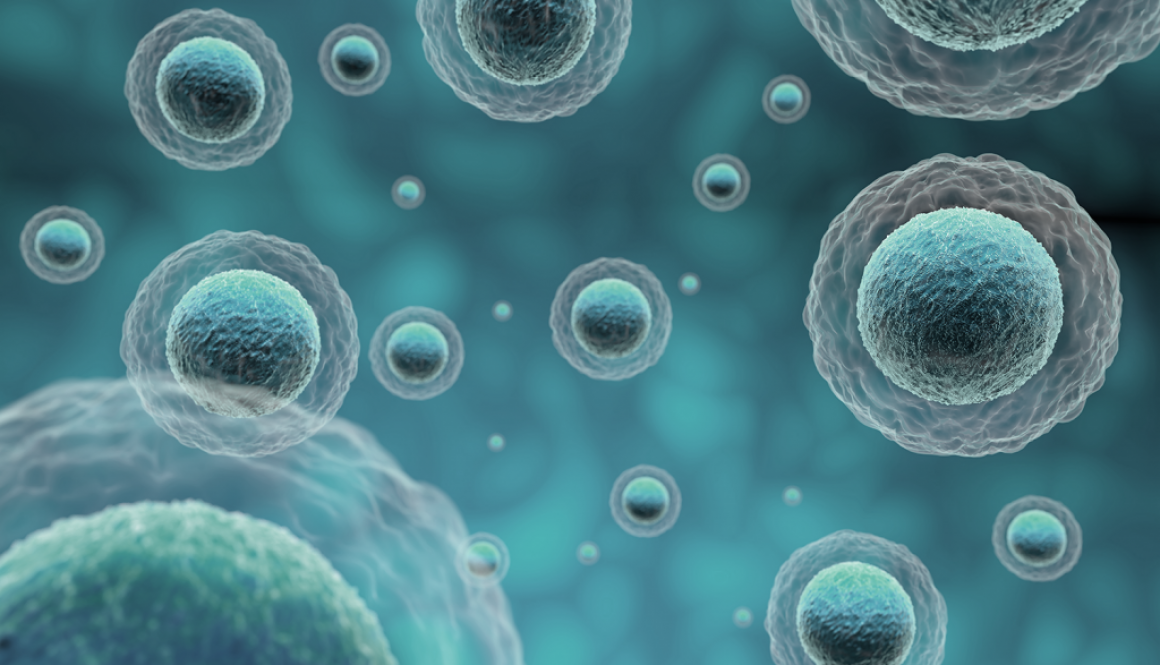A New Era in Cancer Care: Hope Beyond Chemotherapy
Discover promising alternatives to chemotherapy like intratumoral MBTA and SYNC-T therapies. Learn how integrative, terrain-focused approaches can activate the immune system, protect healthy tissues, and support long-term healing.
We Are Overdue for Better Treatment Options
For decades, chemotherapy has been the default path after a cancer diagnosis. The idea was simple: kill cancer cells fast, reduce tumor size, and hope for remission. But as decades of research accumulate, the results tell a more complicated story.
While chemotherapy can temporarily shrink tumors, it also damages healthy tissues, weakens immunity, and—paradoxically— makes it easier for cancer to spread or return. Scientists now understand that the very treatment designed to stop cancer sometimes promotes long-term metastasis and resistance.
This realization has sparked a wave of innovation focused on smarter, more targeted, and less toxic therapies. Among the most exciting are intratumoral immunotherapies like MBTA and SYNC-T, which train your body’s own immune system to fight cancer, without widespread harm.
Why Systemic Chemotherapy Can Work Against the Body
Systemic chemotherapy circulates throughout the body, targeting all rapidly dividing cells. Unfortunately, it doesn’t discriminate between cancer cells and the healthy cells that line your gut, grow your hair, or form your immune defense.
Even more concerning, research now shows several mechanisms through which chemo encourages cancer’s return or spread:
- Stem cell activation: Chemotherapy can enrich cancer stem cells, highly resilient cells that can seed new tumors later.
- Epithelial-to-mesenchymal transition (EMT): This biological shift allows cancer cells to loosen, migrate, and invade distant tissues.
- Microenvironment disruption: Systemic chemo can inflame or damage tissue, preparing distant “soil” where cancer cells can take root.
- Immune suppression: The body’s natural cancer-fighting defenses weaken during and after chemo, giving surviving tumor cells an advantage.
This doesn’t mean chemotherapy has no place in cancer treatment, but it highlights the urgent need for alternatives that heal and strengthen rather than harm and suppress.
A Smarter, More Localized Approach: Intratumoral Immunotherapy
Imagine if your tumor could become its own vaccine, training your immune system to recognize and destroy cancer cells throughout the body. That’s the vision behind intratumoral immunotherapy.
Instead of delivering toxic drugs through the bloodstream, these therapies are injected directly into the tumor. The treatment causes local cell death and inflammation that expose tumor antigens, unique molecular “fingerprints” of the cancer, to your immune system. The body learns to recognize these as foreign and mounts a systemic immune attack.
Two leading examples are:
MBTA Therapy
MBTA stands for Mannan-BAM + TLR ligands + anti-CD40 antibody. This combination stimulates multiple immune pathways to awaken both the innate and adaptive immune systems. Early studies show that MBTA can shrink local tumors and even trigger responses in distant, untreated sites, demonstrating a true “in situ vaccine” effect.
SYNC-T Therapy
The SYNC-T platform takes a personalized approach. Doctors partially freeze or ablate part of the tumor (to release its antigens) and then infuse a biologic mixture containing immune stimulants, like checkpoint inhibitors and CD40 agonists, directly into the tumor. Early results from the SYNC-T trial in patients with advanced prostate cancer showed strong immune responses and even resolution of metastases in some participants, all without the severe systemic side effects seen with standard chemo.
These therapies offer something truly hopeful: a way to activate the immune system while preserving quality of life.
Healing the Terrain: The Integrative Advantage
While intratumoral therapies focus on the tumor itself, the terrain of your body, your immune system, metabolism, mitochondria, and inflammation levels, plays a major role in whether cancer grows or retreats.
Integrative oncology focuses on making the body less “hospitable” to cancer while enhancing the effectiveness of new treatments.
Key strategies include:
- Metabolic and mitochondrial nutrition: Following a nutrient-dense, low-carbohydrate, anti-inflammatory diet rich in healthy fats like olive oil and wild fish, phytonutrients from non-starchy plants and clean proteins can help starve cancer cells of glucose while fueling healthy mitochondria.
- Phytonutrients and targeted supplements: Compounds such as curcumin, resveratrol, grape seed extract, and berberine support immune balance and reduce tumor-promoting inflammation.
- Oxygenation and detoxification: Improving oxygen delivery through oxygenation therapies like EWOT and hyperbaric, breathwork and exercise can reduce hypoxia, a driver of angiogenesis and tumor aggressiveness.
- Vitamin D and K2 optimization: Active vitamin D and K supports immune function and healthy cell differentiation as well as helping to regulate calcium and protect bone tissue.
- Cruciferous vegetables and medicinal mushrooms: Broccoli sprouts, kale, and shiitake mushrooms contain natural compounds that help neutralize carcinogens and support detoxification enzymes.
These terrain-focused strategies create conditions where cancer has less opportunity to seed, grow, or metastasize, and where innovative therapies like MBTA and SYNC-T can work even better.
A Holistic Vision for the Future
We are entering a new era of cancer care, one that values precision, immunity, and healing over indiscriminate destruction.
The emerging science of intratumoral immunotherapy shows that we can activate the body’s own intelligence to identify and destroy cancer cells. At the same time, integrative metabolic care strengthens the body’s resilience, restores balance, and reduces the risk of recurrence.
Systemic chemotherapy may still have a role in certain cancers, but it should no longer be the default or only path. Patients deserve options that heal, not harm, treatments that extend life while preserving vitality, immunity, and hope.
The Takeaway
Intratumoral therapies like MBTA and SYNC-T represent a promising shift away from the era of blanket chemotherapy. When paired with an integrative, terrain-supportive approach, nutritional, metabolic, and immune-restorative, we finally begin to treat both the seed and the soil of cancer.
The future of oncology is not just about killing cancer. It’s about restoring balance, awakening immunity, and reclaiming health.






